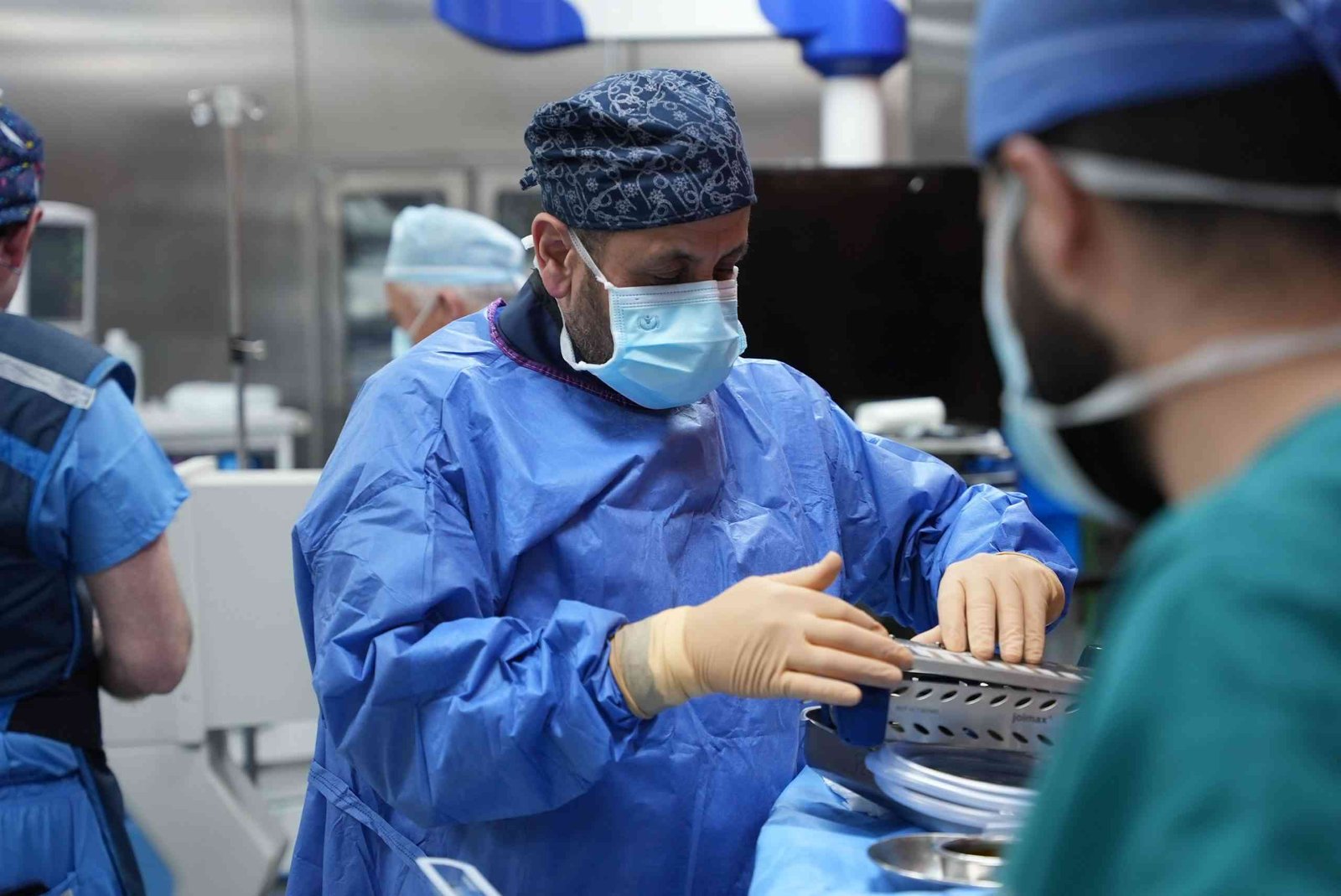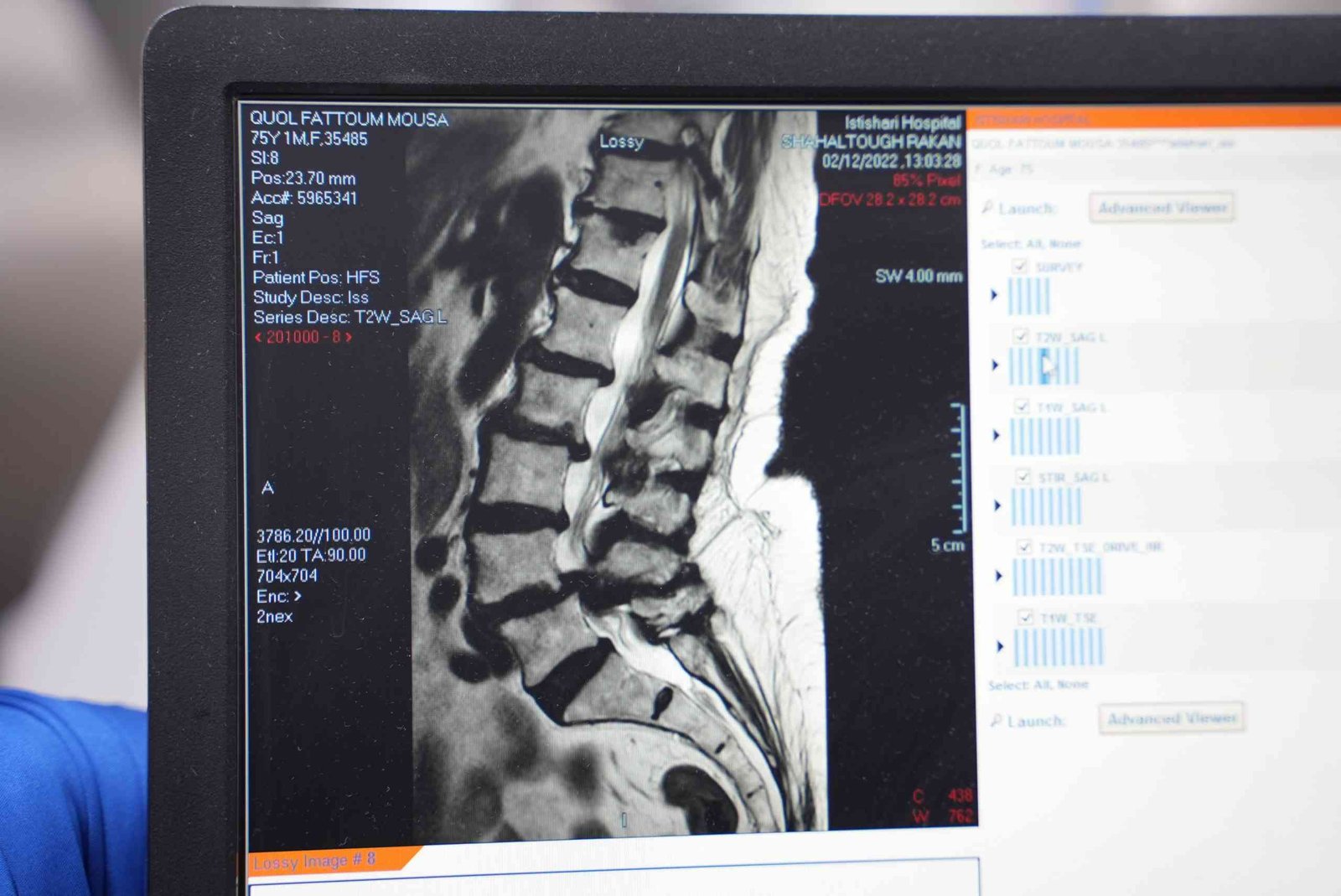Back pain can result from several common conditions. Simple muscle strain or overexertion can lead to back pain, especially if the activity is constant and repetitive. Avoiding such activities can help reduce the instances of pain while allowing the body to heal naturally.
Other spinal conditions may be caused by aging, genetics, trauma, or disease. These include:
• Degenerative disc disease, where natural changes take place over time
• Herniated disc, where the disc leaks fluid or bulges
• Osteoarthritis
• Spinal stenosis, which results in narrowing of the nerve passages.
• Tumors, which put pressure on the spinal cord or surrounding nerves.

Fortunately, many of these conditions can be treated and corrected via spinal surgery, alleviating chronic pain and restoring function and mobility.
But what is the best surgical approach for treating your chronic lower back pain? Here, we’ll compare two common surgical treatments for correcting back pain resulting from herniated or degenerative lumbar discs: endoscopic versus microscopic spine surgery.
Let’s look at the similarities between full endoscopic spinal surgery and microscopic spinal surgery. Both are considered minimally invasive procedures, which are performed via smaller incisions compared to traditional open spinal surgery.
The advantages of minimally invasive procedures are apparent. By reducing the size of surgical incisions, MISS allows for a more targeted approach to correcting the underlying causes of back pain.



Although both endoscopic and microscopic surgery is minimally invasive, there are advantages to the microscopic approach that endoscopy cannot offer. During endoscopic procedures, the surgeon visualizes the interior structures of the spine via an endoscope, a small tube containing a camera that is inserted into an incision, projecting a two-dimensional view of the three-dimensional surgical site.
Microscopic back surgery is performed via high-powered microscopes that are not limited to the scope of the endoscopic camera, thereby affording a greater visual field while still minimizing disruption to the soft tissue. Furthermore, advanced optics affords the surgeon a three-dimensional view of the surgical field which allows for safer, more effective treatment of your spinal condition. Some endoscopic procedures, such as discectomy, are considered to have a higher complication rate than the microscopic technique, which is the most commonly performed treatment and is considered the gold standard for disc removal.

Minimal invasive spine surgery fills the gap between conservative pain therapy and surgery
In minimally invasive spine surgery, The surgeon requires high-resolution intra operative x-ray guidance and effective image converters. The endoscopic devices for minimally invasive spine surgery require high-resolution optics. This equipment can be very expensive and the training is very demanding. This is one of the reasons, why minimally invasive spine surgery (MISS) is offered in only relatively few clinics.
Advantages of MISS in comparison to open spine surgery
• Smaller incision: faster recovery for the patient
• Reduced blood loss, quicker recovery
• Smaller incision: less pain after surgery
• Less soft tissue damage: no scar formation
• Smaller surgical wound: less risk of complication, faster return to work
• Local anesthesia: reduced surgical risk
It is possible for most of the complications of open back surgery to occur with endoscopic spine surgery (MIS), but they occur much less frequently
Conditions successfully treated by Minimally Invasive Spine Surgery (MISS)
• Disc Protrusion
• Degenerative Disc Disease
• Herniated Discs
• Lumbar Spinal Stenosis
• Osteoporotic Vertebral Compression Fractures
• Spinal Infections
• Osteoarthritis of Facet Joints
The last and most important condition for successful minimally invasive spine surgery is a highly trained surgical team, which together has mastered this particularly demanding area of surgery. The limited area for endoscopic vision and the surgical action required in the target area are very demanding in terms of the surgeon’s diagnostic expertise, technical abilities, and surgical performance.
Minimally invasive spine surgery is very promising and has the distinct advantage of all endoscopic surgery (avoiding soft tissue and bone trauma). It gives the patient a much faster recovery, with reduced surgical risk.